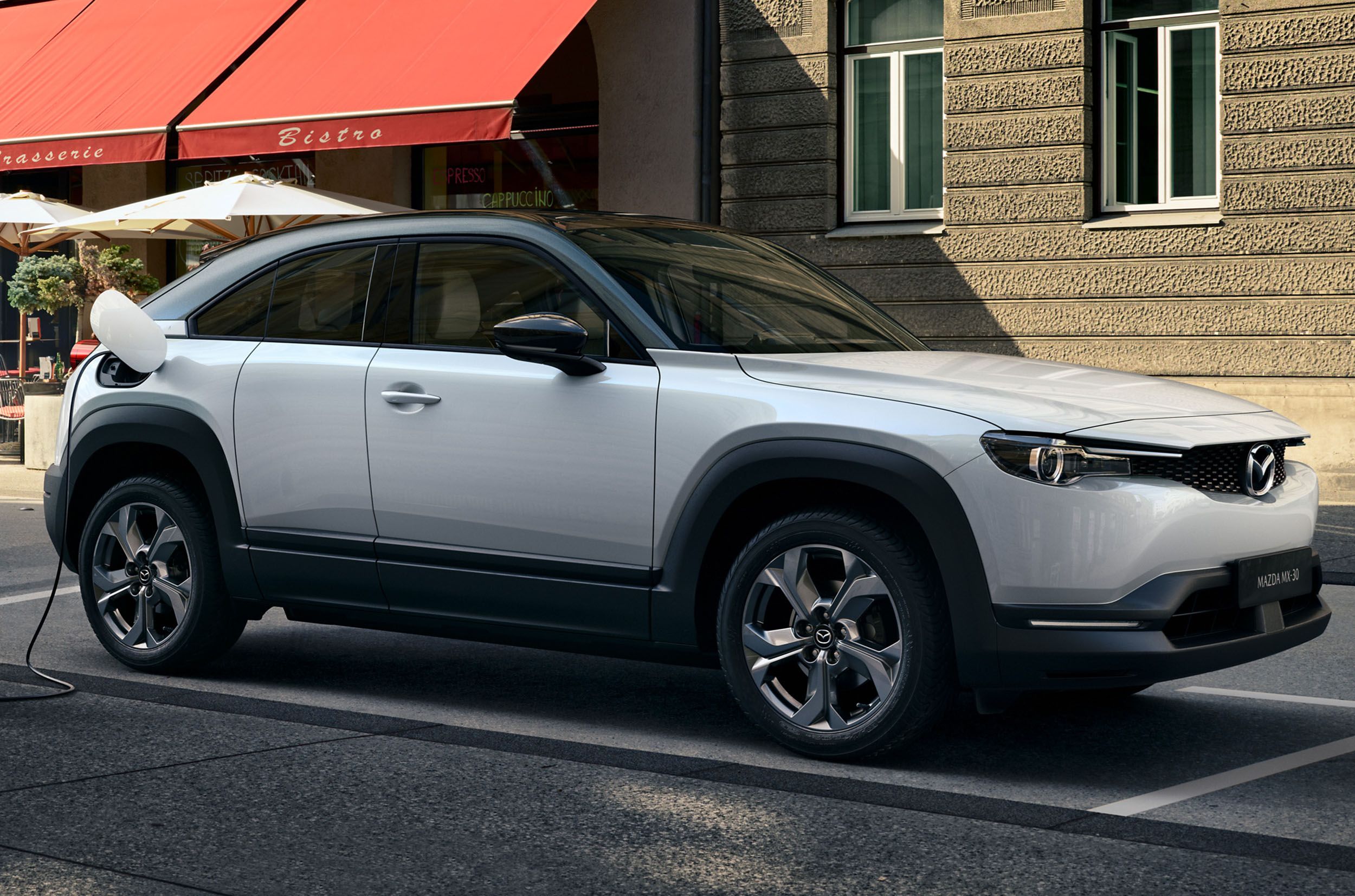Every couple of months, we hear some rumor about how Mazda will revive rotary power. Unfortunately, the only way that a rotary seems likely to make its way to a production vehicle is as a range extender in the Mazda MX-30. Nevertheless, Mazda still produces key components for the rotary engine and has continued to slowly develop it over the years. That's all good and well, but we want a rotary that will sound good, power the wheels directly, and be clean enough to drive on public roads. Fortunately, it seems that there may be a way to make all of this happen, and hydrogen is the key.
According to new reports from Japan, the possibility of a hydrogen rotary is increasing. In an online policy briefing session last month focusing on new products and new technologies for 2030, we learned that hydrogen is something Mazda has been working on for a while.
Ichiro Hirose, Senior Managing Executive Officer, said that "by accumulating the technology [over the years], it is ready to be used." Another Mazda official who has been left unnamed has been quoted as saying that "although it is a small scale, development has progressed. As the world has suddenly turned to decarbonization, the view that [hydrogen rotary power is an important technology] is rapidly expanding." Furthermore, another statement says that such a vehicle could see a prototype completed "within three years" and that the most likely setup would be one "that combines an electric turbo".
It's important to note that Mazda is referring to using hydrogen as a combustible fuel, and not using a fuel-cell to power electric motors as in the Toyota Mirai.
One of the challenges with hydrogen as a combustible fuel is that it ignites early and unintentionally explodes at heat spots in the cylinder, but in a rotary, there are no hot spots. As a result, hydrogen is safer to use here. Mazda even pioneered this tech with the RX-8, where it had a series of vehicle with hydrogen tanks in the trunk and direct injection feeding the hydrogen directly into the 13B Renesis motor. They proved reliable, but the issues faced included only producing about half the power, and producing a lot of noise.
Mazda did develop a new 16X rotary engine that never found its way into a vehicle, but recent copyright filings for a two-door sports car reminiscent of the Mazda RX-Vision concept have added further fuel that maybe, a new rotary-powered car could be in the works. Toyota has even recently run a hydrogen-powered racecar that not only sounded good, but was seemingly reliable, too.

